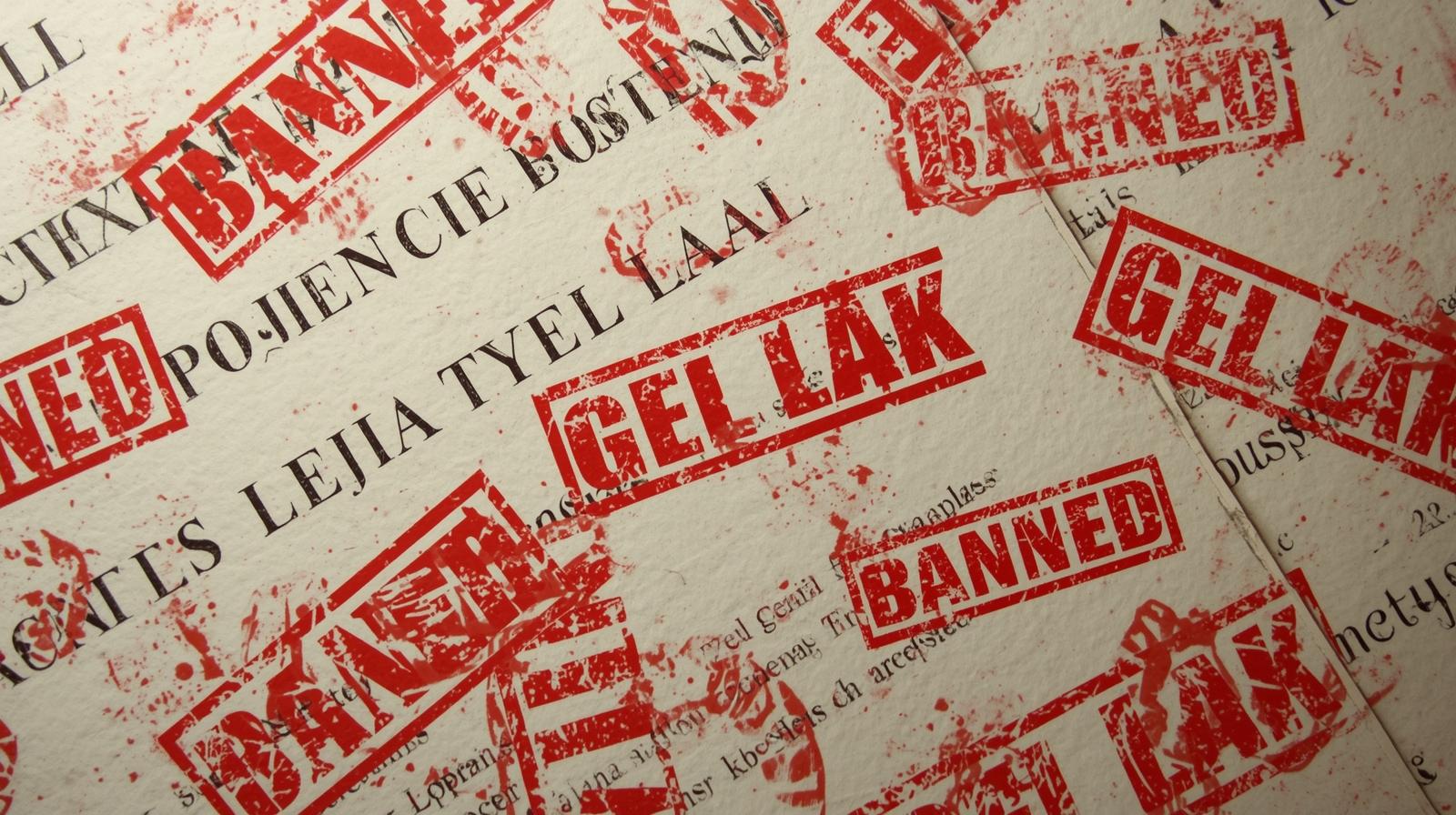The EU promotes cruelty-free beauty, but when toxic ingredients need to be tested, who is paying the price?
What Safer Beauty Really Costs
In September 2025, the European Union banned trimethylbenzoyl diphenylphosphine oxide (TPO) and dimethyl-p-toluidine (DMTA) from all cosmetics, including gel nail polishes and semi-permanent manicure products. The reason was clear enough: new toxicological data linked these ingredients to fertility risks. But here’s the paradox—this very evidence, the data used to protect human health, still comes from animal testing. So while Europe celebrates cruelty-free cosmetics, the science that makes our beauty products “safe” is still built on the suffering of animals.
What Was Banned and Why
The ban was enforced under Regulation EC 1223/2009, Article 15, which automatically prohibits substances classified as carcinogenic, mutagenic, or toxic to reproduction in categories 1A or 1B. TPO, a photoinitiator used in gel manicures, was reclassified by the Scientific Committee on Consumer Safety in 2023 after animal studies showed reproductive toxicity. DMTA, another common ingredient in nail formulations, faced the same scrutiny. With the reclassification, both substances were immediately prohibited. There were no extensions and no grace period. By September 1, every product containing TPO or DMTA had to be removed from shelves and salons across Europe.
The Split Between Beauty and Industry
The contradiction begins when you look beyond cosmetics. TPO and DMTA remain perfectly legal in industrial applications. They are still used in UV-cured printing inks, adhesives, electronics, 3D printing materials, and even certain dental devices. These uses fall under REACH and CLP regulations, which govern industrial chemicals rather than consumer cosmetics. The same ingredient that is deemed too hazardous for nail polish can still be handled in workplaces and embedded into the products we use every day. This regulatory split highlights not only inconsistency, but also the deeper ethical problem with how safety is defined.
The Illusion of Cruelty-Free Beauty
The European Union often positions itself as the global leader in cruelty-free beauty. And to an extent, that is true. Finished cosmetic products have been banned from animal testing since 2004. Ingredients were added to that ban in 2009. By 2013, the EU went further by prohibiting the sale of cosmetics tested on animals, no matter where the testing took place. Yet under REACH, animal testing is still required if no alternative exists, particularly when chemicals are used outside the beauty industry. Workplace safety, environmental hazards, and industrial exposure remain the loopholes that keep animal testing alive in Europe.
A Case That Exposed the Gap
In 2023, Symrise AG, a German fragrance and cosmetics ingredient supplier, was ordered by the European Chemicals Agency to conduct animal tests on two ingredients already used in cosmetics. The reason was not consumer safety, but compliance with industrial chemical rules. It revealed a fault line in Europe’s system: cosmetics can be cruelty-free in marketing terms, while the underlying regulatory process still relies on animal studies.
Alternatives That Could Replace Animal Testing
Science has already moved forward. In vitro methods using human skin or eye cells predict irritation and toxicity with greater accuracy. Read-across and data-sharing approaches allow existing knowledge from similar chemicals to fill gaps without repeating tests. Computational toxicology, often powered by artificial intelligence, models how substances behave in the human body. Organ-on-chip systems and microfluidic technologies mimic human organs with striking precision. Three-dimensional tissue models are now replacing animal-based irritation tests across the cosmetics sector. These methods are often faster, more cost-effective, and more relevant to human biology than animal testing.
Why This Debate Matters
Consumers buy products marketed as cruelty-free, but the safety data behind them often comes from animal studies carried out under other laws. Advocacy groups like Cruelty Free International, PETA, and WWF argue that as long as regulatory loopholes exist, the cruelty-free label is misleading. Banning TPO and DMTA protects human health, but if the foundation of chemical safety continues to rest on animal suffering, then beauty cannot honestly claim to be ethical or sustainable.
The Question We Cannot Avoid
Safer does not always mean ethical. If advanced and proven alternatives already exist, why are regulators still unwilling to let go of the old system?





